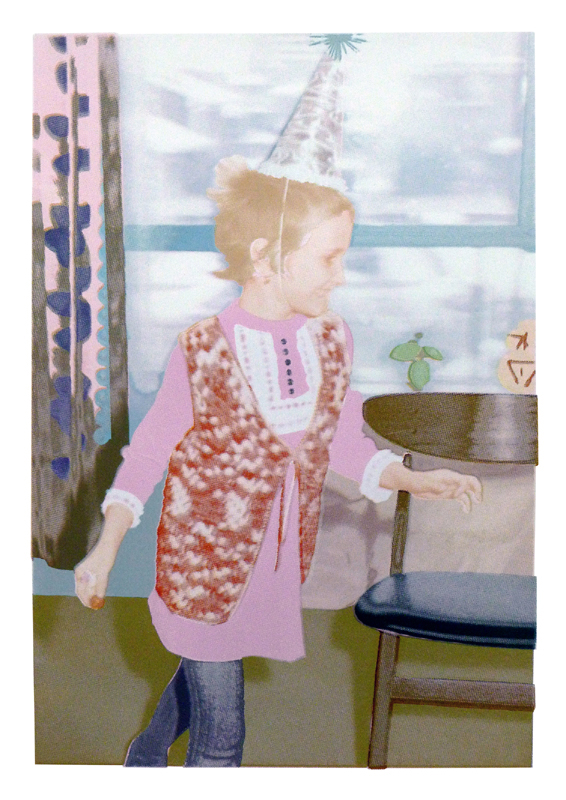Zavi Lerman is an artist and teacher living in Toronto. She is currently a Master’s student at Columbia University where she is studying Art and Art Education. After completing her BFA at York University in 2005 she began printing at Open Studio. The artist wishes to thank Open Studio for providing a facility that makes the fun and wonder of printmaking accessible to many.
In her art and teaching practice Zavi is interested in the artistic development and creative process of both artists and non-artists. Cycles, patterns, evidence of growth or change, and play with mark making are topics she explores in her artwork.
Artist and educator Arthur Wesley Dow’s book from 1899, Composition, challenges the artist to think of art as putting together “lines, masses, and colours to make harmonies.” For Dow, art is made up of line, notan (a Japanese word for light-dark), and colour.
Zavi embraces Dow’s challenge by marking the metal surface in intaglio, through various acid resists, photo-etching, fine drawing, banging, sanding, or drilling. She then plays with the repetition and arrangement of the images printed on assorted Japanese papers. No two prints are the same. They are all variations from a starting point that come together in different ways to be enjoyed and considered by the viewer.
Pomegranate and Garden Series
Pomegranates are beautiful fruits enjoyed during the Jewish New Year to represent a fresh start, and that one should be fruitful. For me, pomegranates represent the way many experience art making and the creative process. They are seasonal, can be hard to open and they can make a mess! Art, like pomegranates provides us with many seeds or ideas to plant, and both are nourishing.
Cloud Series
Our plans and moods can be influenced by the weather. We can protect ourselves from the weather but we cannot control it. For these prints I worked the copper plate with different resists and acid concentrations to create lots of texture.
Ephemera Series
This series is based on found manufactured plastic packages that accumulate. There are multiples of them. I like to find out how these packages will print. What will they look like? What patterns emerge when they are repeated? How are they transformed?
Tree Series
Each person has his tree. Mine is dreamlike, changing, swirling and growing.











